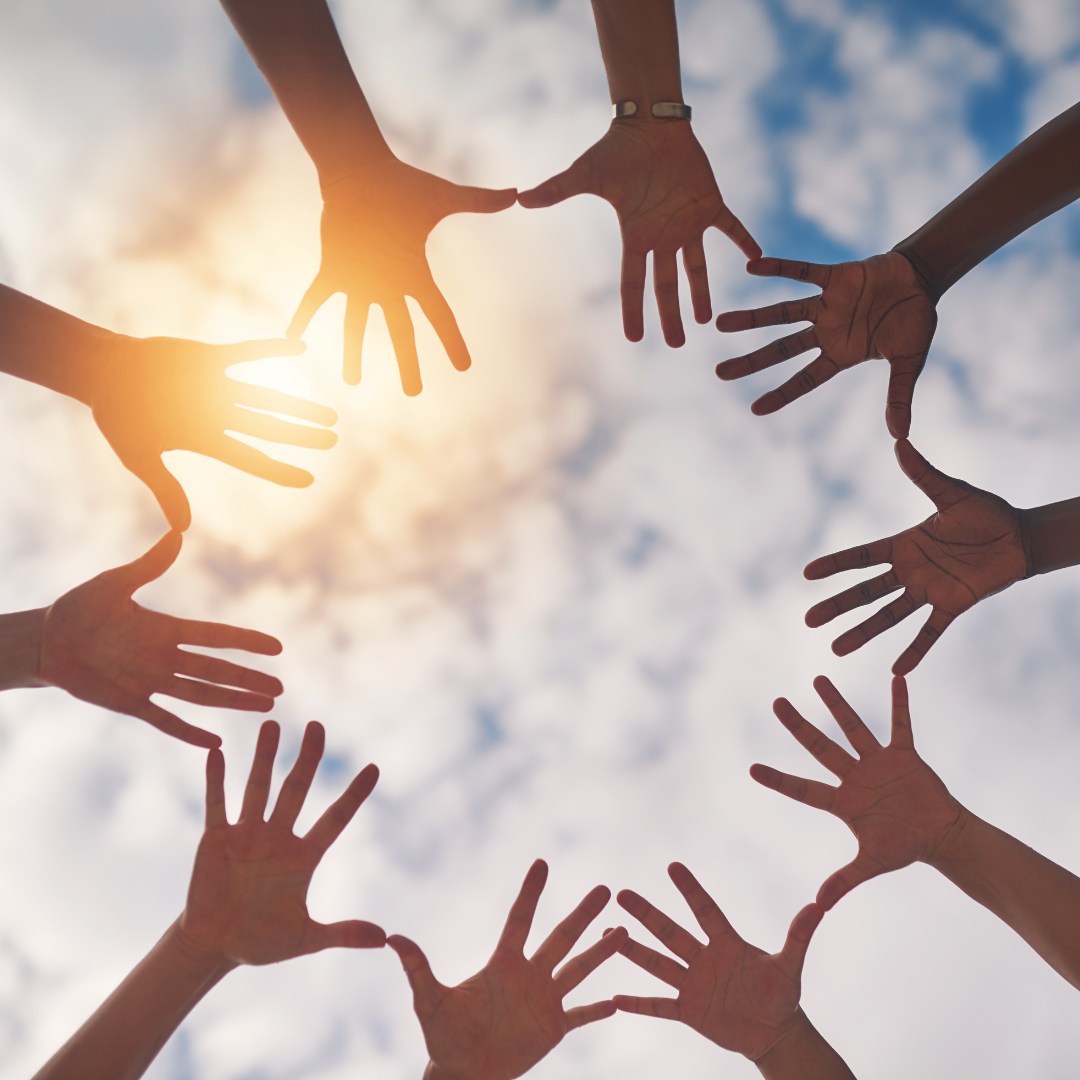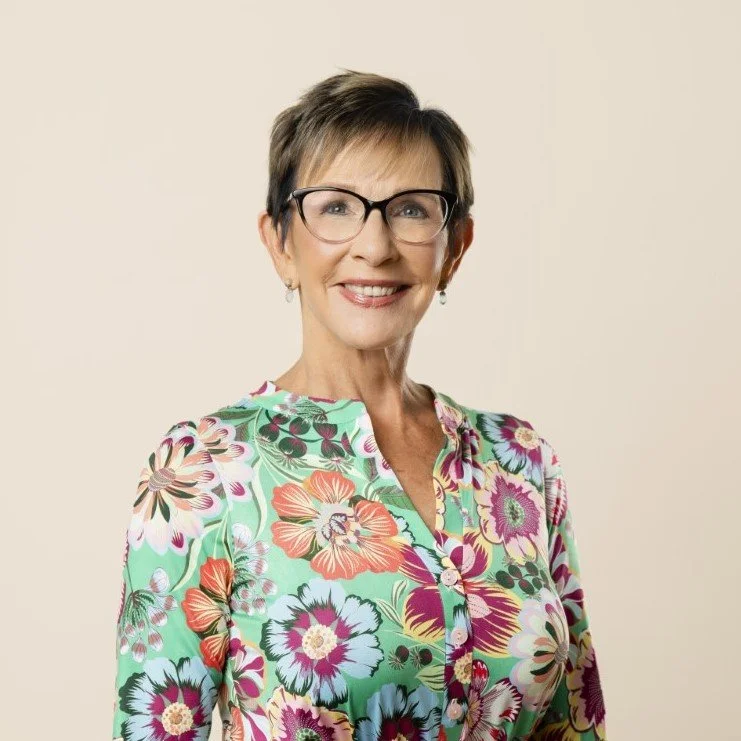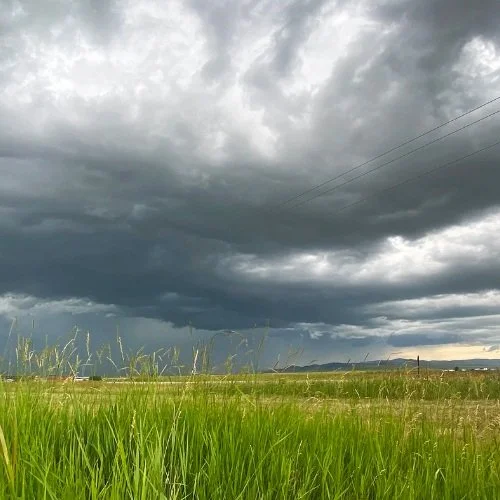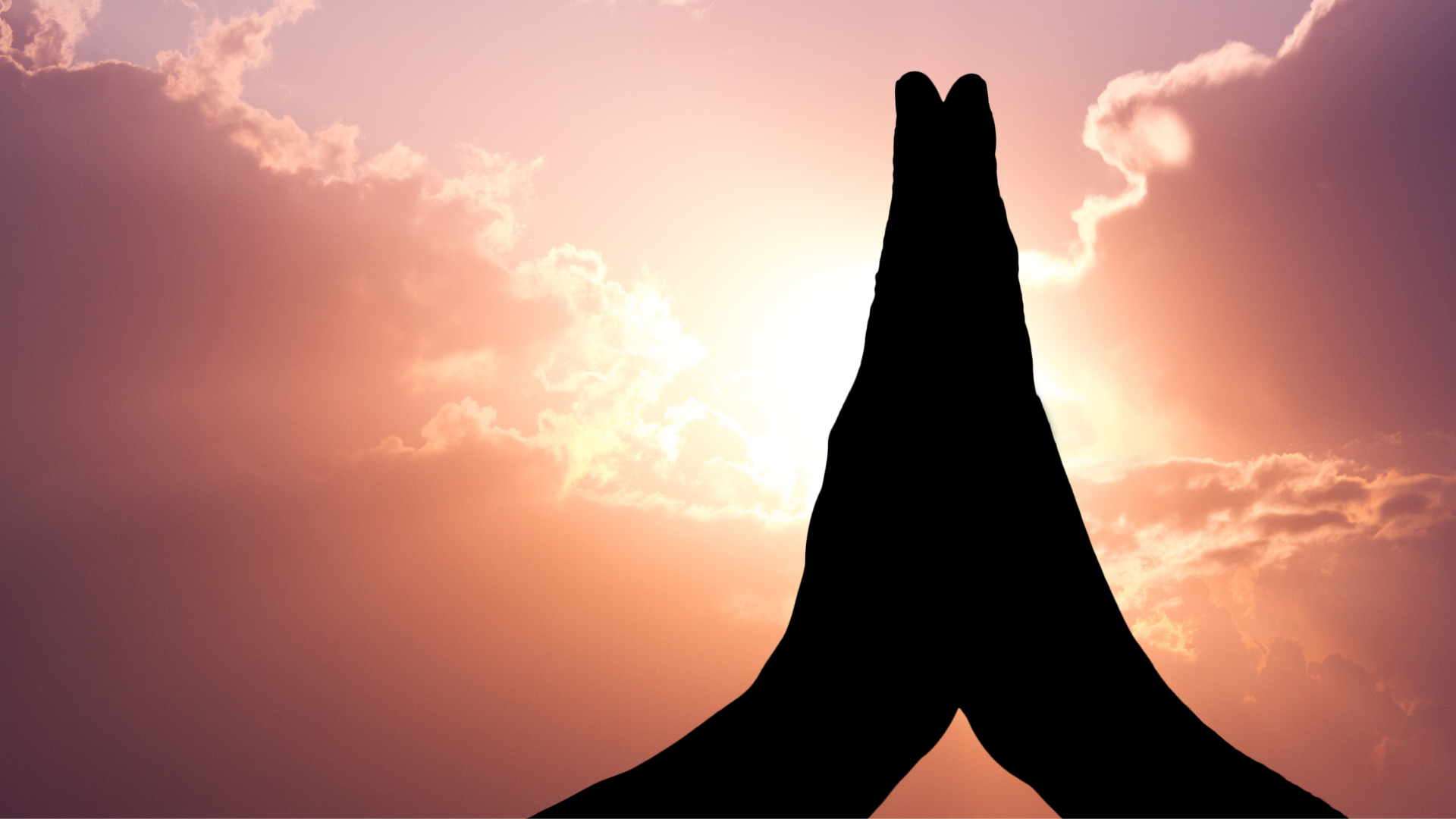Marcia’s Musings: Be Brave. Be Creative. Be.
/By Marcia Appel — Last Updated: March 21, 2024
Earlier this month, I led a training in Yoga Nidra. My heart cracked open. Emotions and feelings flowed. What a gift for us all, students and teachers alike. In sharing our inner life and our hearts’ deepest longings, we find equality.
The assembled students participated because they trusted in the process of Yoga Nidra to open to their emotions and feelings. During the 21-hour search for the True Self, which is our essential nature of kindness, compassion, empathetic joy, and equanimity, mindfulness and calm abiding guided us.
Let me tell you something: The work they did asked them to reveal themselves – to themselves and to each other. We worked in dyad, the one-on-one communication form that is the most intimate of all human interactions and the most important to be cultivated. They looked deep interiorly to discover hidden emotions, inhibiting beliefs, and sensations that masked living with more ease. What to call this? Bravery. Creativity. Being.
We humans cling to a certain habit and that is to deeply bury our physical sensations, emotions, and beliefs, which causes us to separate from our True Selves and then from each other. Separation leads to a loss of well-being and can contribute to conditions such as high blood pressure, heart disease, depression, and post-traumatic stress disorder, for example. In the end separation quashes joy, pure and simple. Once we start to examine thoughts, feelings, emotions, and beliefs, though, we reconnect with ourselves and then with each other. Again, joy reappears.
Many years ago, a yoga student of mine, a mature woman in her early 50s, asked if we could talk privately after class. On a beautiful September day, we stood outside the Mendota Heights center in the splendor and golden fall light that amplified the golds, reds, bronzes, and oranges of the leaves. She described to me a debilitating grief, which, I assumed, was present because her only-child daughter recently had left for college. As an only child myself who still remembered how my parents and I ached for each other when I entered university, I assumed the grief of the mother facing me shared the same roots. I said as much: “Oh, I’m sorry. I know how difficult it must have been to leave your daughter at college.”
The woman, I will call her Beth, looked at me quizzically and said, “Oh, I’m not sad about that. I am excited for my daughter. I’m grieving for my mother.”
Now my face looked puzzled. “Beth,” I said, “I didn’t know your mother just died.”
“She didn’t,” Beth replied. “She died 18 years ago near the birth of my daughter. I thought I was doing fine during her funeral and the aftermath of that. After only a couple of weeks, I told myself I had to move on and dedicate my energies to my baby. When we dropped our daughter off at school, though, I felt a grief so strong that it nearly knocked me over. I looked at my husband and said something like, ‘Oh, god, my mother died.’”
Burying her grief – forcefully pushing it away – caused it to deepen and grow into a tsunami that felt as though it would capsize Beth. She learned from direct experience that staying with an emotion when it appears rather than suppressing it – to acknowledge and feel it in her body – was the better choice, and she learned we all have choices and are never trapped. The same is true when we hold negative beliefs about ourselves – I'm dumb, I’m unattractive, I’m slow, I’m weak – that rob us of a vibrant life if left unexamined without considering that there is an opposite to every negative belief we hold. Going between those opposites is what helps us to see that we have choices.
In Yoga Nidra, we learn how to work with our thoughts, feelings, emotions, and beliefs and to feel them in our bodies so that they may be “seen and heard” and then leave. The Buddha described these phenomena as guests that served as messengers. His advice: Invite them into yourguesthouse and sit down with them for a cup of tea and a conversation. In this way, he said, they leave, and we come to learn that we remain steady and grounded, avoiding constant reactions which are so harmful to us and often to others.
Feelings, emotions, thoughts, and beliefs come, and they go. We get fixated on them, though, and begin to believe we are without choices, the old “black-and-white" trap. Thus, we identify so strongly with these negative beliefs that we assume we are anger rather than having or feeling anger.
What was so cool about this last Yoga Nidra training is that most of the attendees were not yoga teachers – they were educators, therapists, corporate managers, human resources personnel, and more.
If you have had the mistaken belief that Yoga Nidra training is only for yoga teachers, please consider that it can be an effective tool for you in working with employees, colleagues, clients, seniors, children, and partners. You don’t need to be a yoga teacher to take the training or to use the training in daily life, including for yourself. We offer public Yoga Nidra classes, there are many recordings in the video library, and several of us offer private sessions, complete with intake interviews and dyad exercises, plus the actual practice.
Yoga Nidra deeply affected my life from the present positive moment, and I witness it supporting others all the time. Be brave. Be creative. Be open to a new way of living.





















